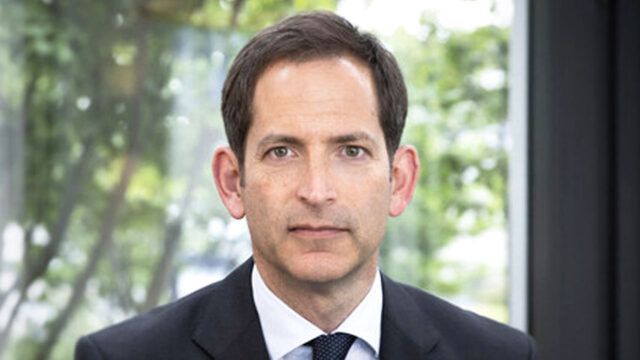A significant advantage of investing in private companies over publicly-quote firms is that “we have active control over wealth creations”, Georg Wunderlin, global head of private assets, Schroders told a recent media briefing in Hong Kong.
In private equity, Schroders Capital invests with specialist, “leaders of the future” who typically manage or have built small- or medium-sized companies which are at an early stage of development. “Often these are family businesses or founded and still run by entrepreneurs,” said Wunderlin (main picture).
Schroders Capital avoids large cap companies, nor is it involved in direct lending, unlike many other financial firms which have filled the breach left by the disintermediation of banks in the wake of the 2008 global financial crisis. “The market is too tight and competitive,” Wunderlin said.
Instead, the focus is on small to mid-market deals, where it sees the greatest potential for value creation, and favours founder-operated and family-owned businesses.
“Smaller company buyouts tend to be cheaper, with valuations of about 8x EV/Ebitda (eight-times enterprise value-to-earnings before interest, taxation, depreciation, amortisation). In contrast, large buyouts tend to be at about 14x EV/Ebitda,” said Rainer Ender, global head of private equity, Schroders Capital.

“Typically, private funds outperform public markets because they make long-term investments with stable assets, there is an alignment of the interests of management and owners, management tends to be active, and investments are made into future-based companies and sectors,” Rainer (pictured left) added.
Schroders Capital’s assets under management total $94bn, comprising $19bn in private equity, $29bn in real estate, $32bn in private debt and credit alternatives and $14bn in infrastructure investments. A decade ago, total AUM was just $15bn.
The private equity business, which has been running for 25 years, ranges across buyouts, secondaries, venture capital and growth, as well as emerging markets.
3D Reset
It focuses on “long-term mega-trends”, which Schroders call the “3D Reset”, and include: decarbonisation, demographics and deglobalisation – plus artificial intelligence (AI) which is starting a new industrial revolution.
According to Wunderlin, decarbonisation is expected to create investment opportunities in renewable energy, infrastructure, and sustainable buildings.
Demographics will create investment opportunities that differ significantly depending on location. Aging populations in developed markets are expected to drive sustained demand for age-restricted housing and healthcare-related investments. Conversely, many emerging economies, such as India, have young populations with the potential to create huge amounts of growth.
Meanwhile, deglobalisation reflects the growing trend of nearshoring initiatives, as geopolitical tensions and shifting of power global dynamics reshape supply chains around the world.
Finally, generative AI is the “frontier technology” underpinning most applied artificial intelligence now, but its potential extends much further, said Wunderlin.
2021 was the peak for global private equity deals, which was followed by a slowdown in the shadow of rising US interest rate and Russia’s invasion of Ukraine. Fund raising was $650bn in 2023, down 23% from 2021, according to Ender.
Nevertheless, Ender is confident that activity will pick up, especially in the small- and mid-cap transactions. Schroders Capital also sees opportunities to widen the investor base.
Attracting wealthy individuals
It aims to have AUM that comprises 85% institutions and 15% wealthy individuals. Across the private asset market globally, just 5% are held by wealth management clients, and in Asia it’s less than 2%.
Enders identifies that there are three pain points for attracting individual investors: the high minimum investment amount; administration that can include complex cash planning; and liquidity with private funds typically having long lock-in periods.
However, he said that these issues are already being addressed, with new products admitting lower minimum investment amounts, seamless administration by managers and the launch of funds with shorter durations or periodic exit opportunities — subject to the manager being able to “gate” funds if prospective outflows are too high.
















